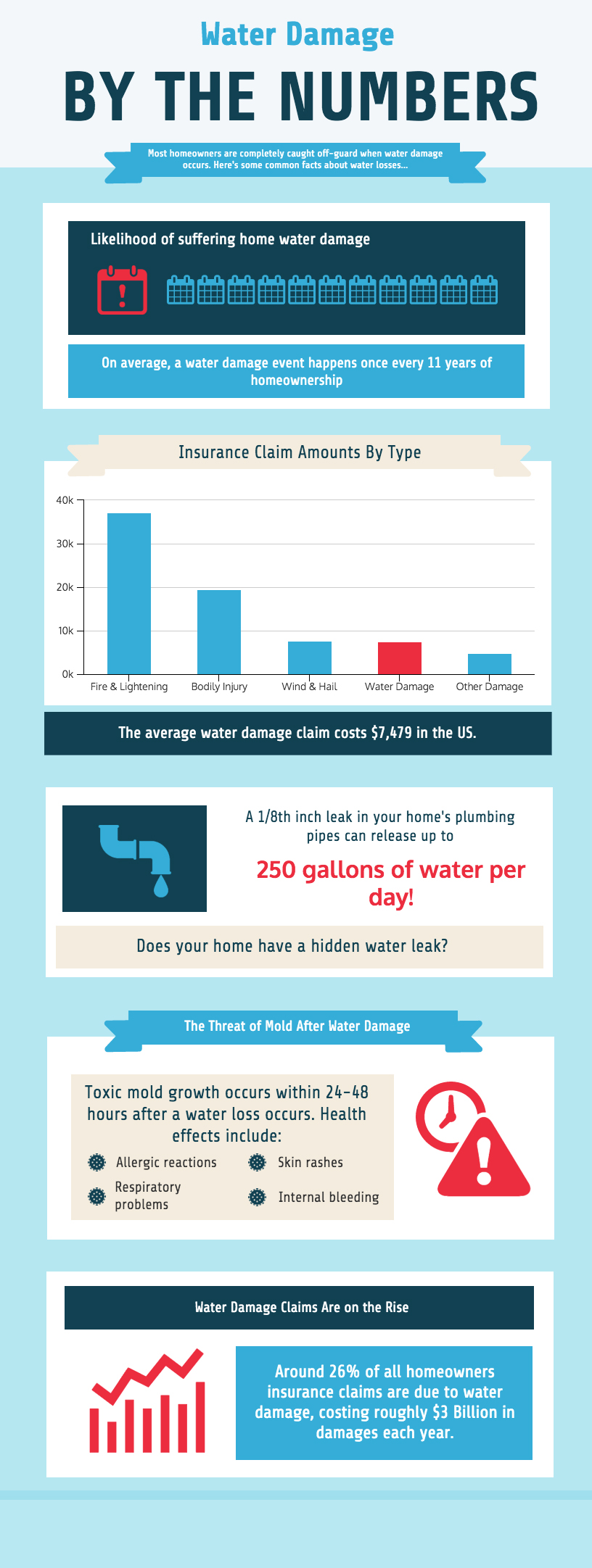Just How Weather Condition Impacts Photovoltaic Panel Effectiveness: What You Required To Know
Just How Weather Condition Impacts Photovoltaic Panel Effectiveness: What You Required To Know
Blog Article
Created By-Turner Omar
When it comes to solar panel effectiveness, understanding exactly how climate condition come into play is key. Picture this: your photovoltaic panels indulging in the sun's glow, soaking up energy to power your home. Yet what happens when clouds roll in or temperature levels rise and fall? How does that effect your power production? By diving right into the complex dancing between climate and photovoltaic panels, you'll uncover important insights that can aid you maximize your renewable resource configuration. Explore the nuances of sunlight intensity, temperature effects, and the function of cloud cover and rainfall in optimizing your solar panel performance.
Impact of Sunlight Intensity
Often, the intensity of sunshine can considerably impact the performance of photovoltaic panels. When the sunlight is solid and straight, your photovoltaic panels produce more electrical energy. Nonetheless, throughout cloudy days or when the sunlight goes to a low angle, the panels obtain less sunshine, reducing their performance. To make best use of the power output of your photovoltaic panels, it's important to install them in areas with sufficient sunlight exposure throughout the day. Take into consideration factors like shading from close-by trees or buildings that could block sunshine and reduce the panels' efficiency.
To maximize the effectiveness of your photovoltaic panels, consistently tidy them to eliminate any kind of dirt, dirt, or debris that might be blocking sunshine absorption. In addition, make sure that your panels are tilted properly to receive one of the most straight sunlight possible.
Influence of Temperature Level Adjustments
When temperature level modifications take place, they can have a significant impact on the efficiency of solar panels. Photovoltaic panel function best in cooler temperatures, making them much more reliable on light days compared to extremely hot ones. As the temperature enhances, photovoltaic panels can experience a decrease in performance due to a phenomenon known as the temperature coefficient. This impact triggers a reduction in voltage result, inevitably influencing the total power manufacturing of the panels.
Alternatively, when temperature levels go down also low, photovoltaic panels can additionally be influenced. Incredibly cold temperature levels can cause a decline in conductivity within the panels, making them less efficient in producing electrical energy. This is why it's important to consider the temperature level conditions when installing solar panels to maximize their efficiency.
Duty of Cloud Cover and Rainfall
Cloud cover and rains can dramatically influence the performance of photovoltaic panels. When clouds block the sun, the quantity of sunlight reaching your photovoltaic panels is reduced, resulting in a decline in power manufacturing. Rain can likewise affect solar panel efficiency by blocking sunlight and creating a layer of dirt or crud on the panels, even more lowering their capability to generate power. Also https://www.globalvillagespace.com/how-solar-panels-help-conserve-energy/ can spread sunshine, causing it to be much less concentrated on the panels.
During cloudy days with heavy cloud cover, solar panels might experience a substantial drop in power output. However, it's worth keeping in mind that some contemporary solar panel technologies can still generate electrical energy also when the sky is gloomy. Furthermore, rainfall can have a cleansing impact on solar panels, removing dust and dirt that may have accumulated gradually.
To take https://israelchnrw.mybuzzblog.com/12340384/contrasting-the-advantages-of-renewable-solar-energy-with-traditional-energy-options-an-in-depth-analysis of the performance of your solar panels, it's important to think about the effect of cloud cover and rainfall on energy production and make sure that your panels are properly preserved to endure varying weather conditions.
Final thought
Finally, weather plays a substantial role in the effectiveness of your photovoltaic panels. Optimizing sunlight direct exposure, taking care of temperature adjustments, and monitoring cloud cover and rainfall are vital elements to take into consideration for optimal power generation. Routine upkeep, such as cleaning panels, is crucial for keeping peak performance. By understanding exactly how https://governmentsolarrebate21087.blue-blogs.com/39815198/a-beginner-s-guide-to-comprehending-photovoltaic-panel-technology-and-just-how-it-works affects your solar panel performance, you can make informed choices to make the most of energy result and cost savings.
